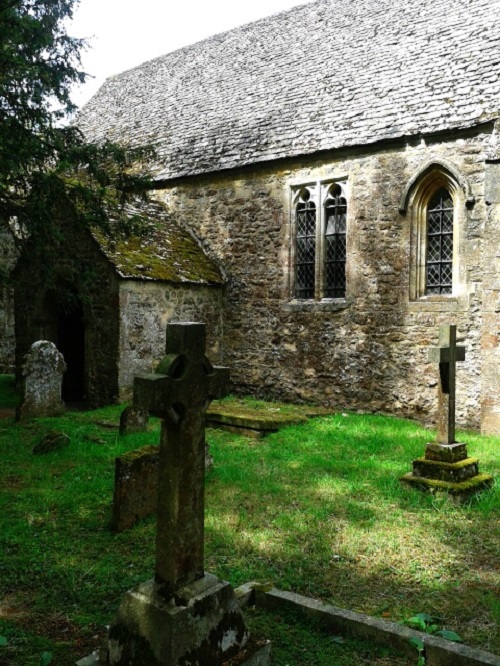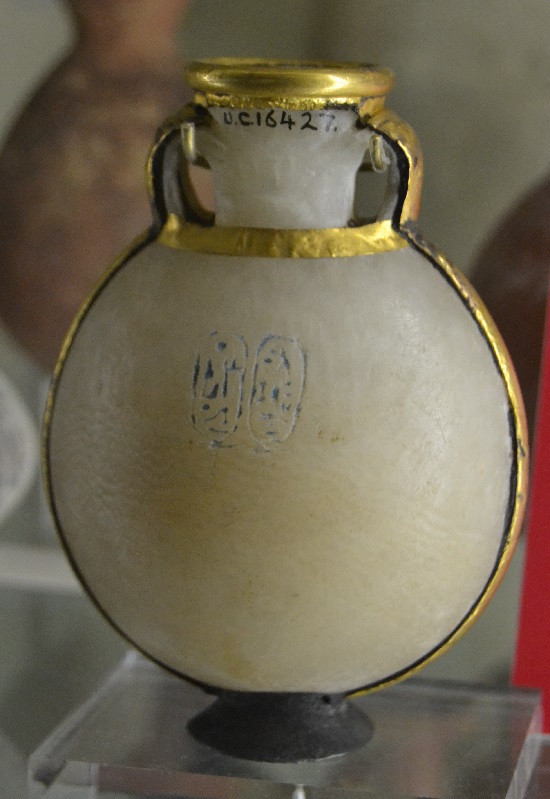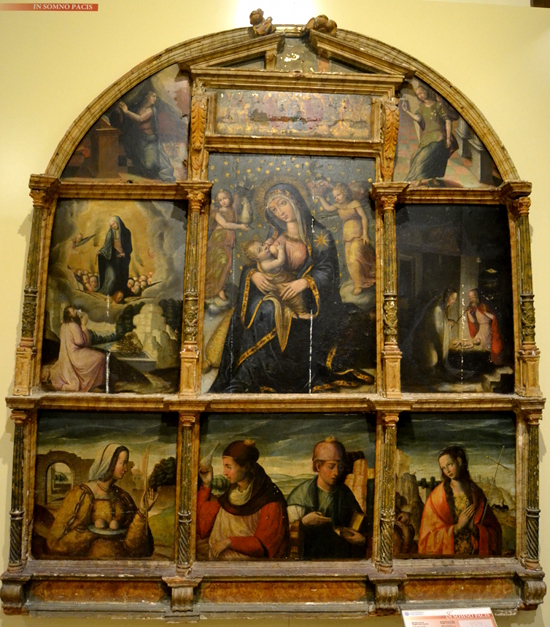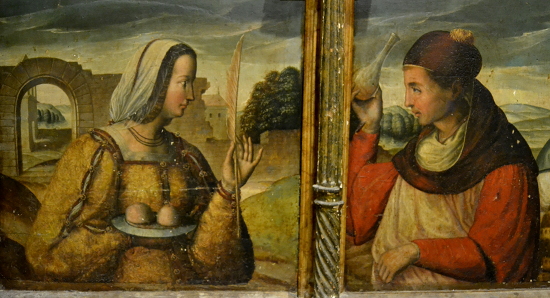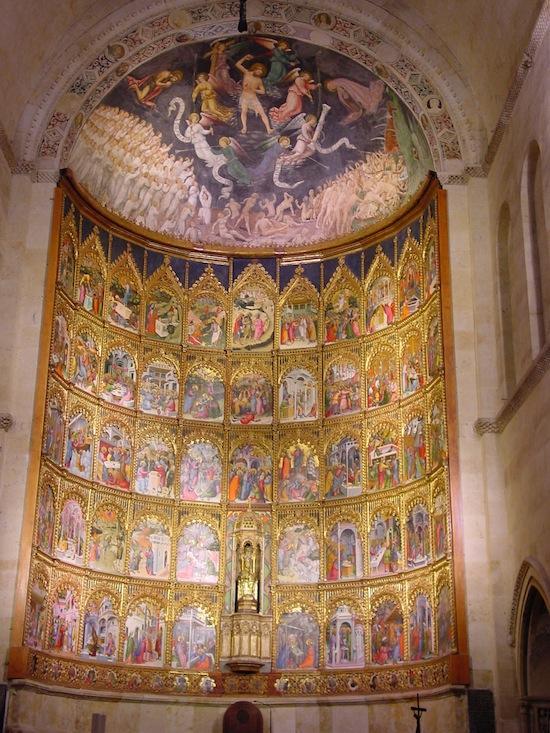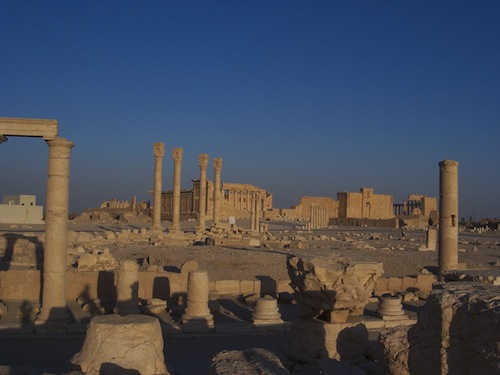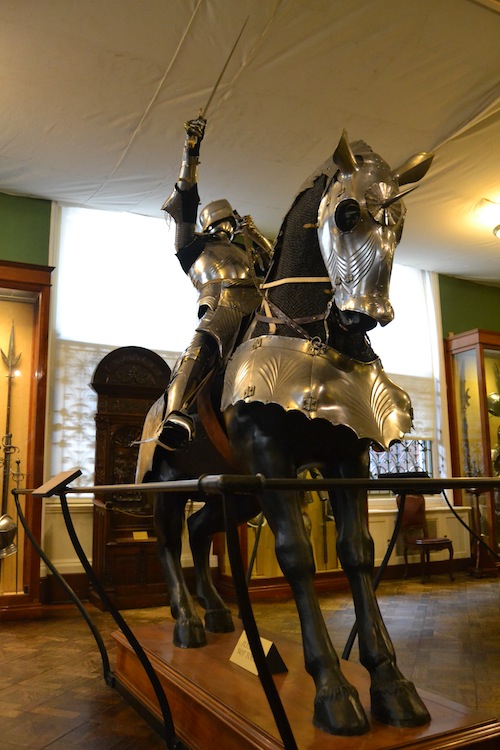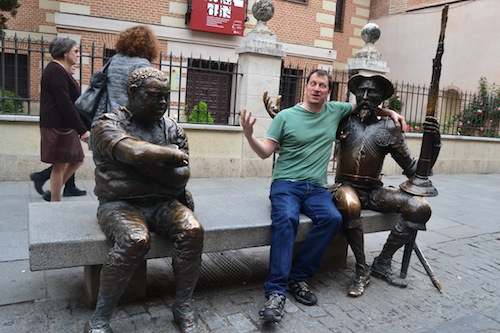The Guanches: Prehistoric Culture of the Canary Islands
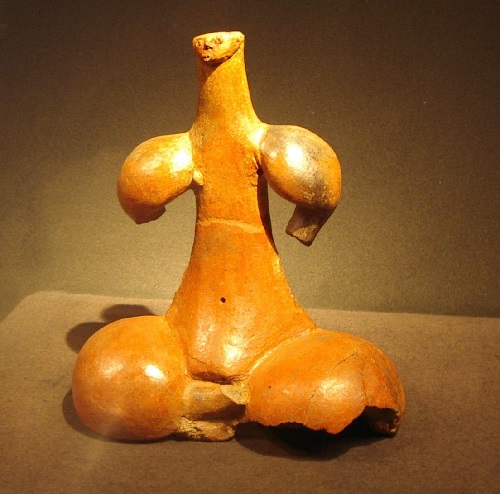
Earlier this summer I was fortunate enough to spend two weeks working on Tenerife, one of the Canary Islands. This island chain is owned by Spain and sits just off the coast of Western Sahara. Besides having my first flying lesson, I got to drink lots of wine explore the island’s culture and history. In prehistoric times, the Canary Islands were home to a native people called the Guanche. While they had no writing of their own, some of their language has survived in the local dialect and has similarities to Berber. For thousands of years they kept their culture intact, being visited by the Carthaginians, Greeks, Romans, Phoenicians, and Arabs but remaining uncolonized until the Spanish landed in 1402.
The Guanches came to the islands by 1000 BC, although some archaeologists claim they arrived much earlier than that. They survived by a mixture of farming and fishing and were divided into several small kingdoms. Each island was fairly isolated from the others and in fact Guanche is only the term for the people of Tenerife. The other islands each had their own distinct term but Guanche has now become the general term.
Sadly, the Guanches suffered a common fate of colonized peoples. Many died off from war and disease, or merged into the Spanish community through marriage. A significant percentage of modern Canary Islanders boast Guanche blood and names. The coolest survival from those times is Silbo, a whistling language that you can see on this video. The sharp whistles used in Silbo carry far across the mountains and valleys of these rough islands and were a common means of communication until very recent times.
